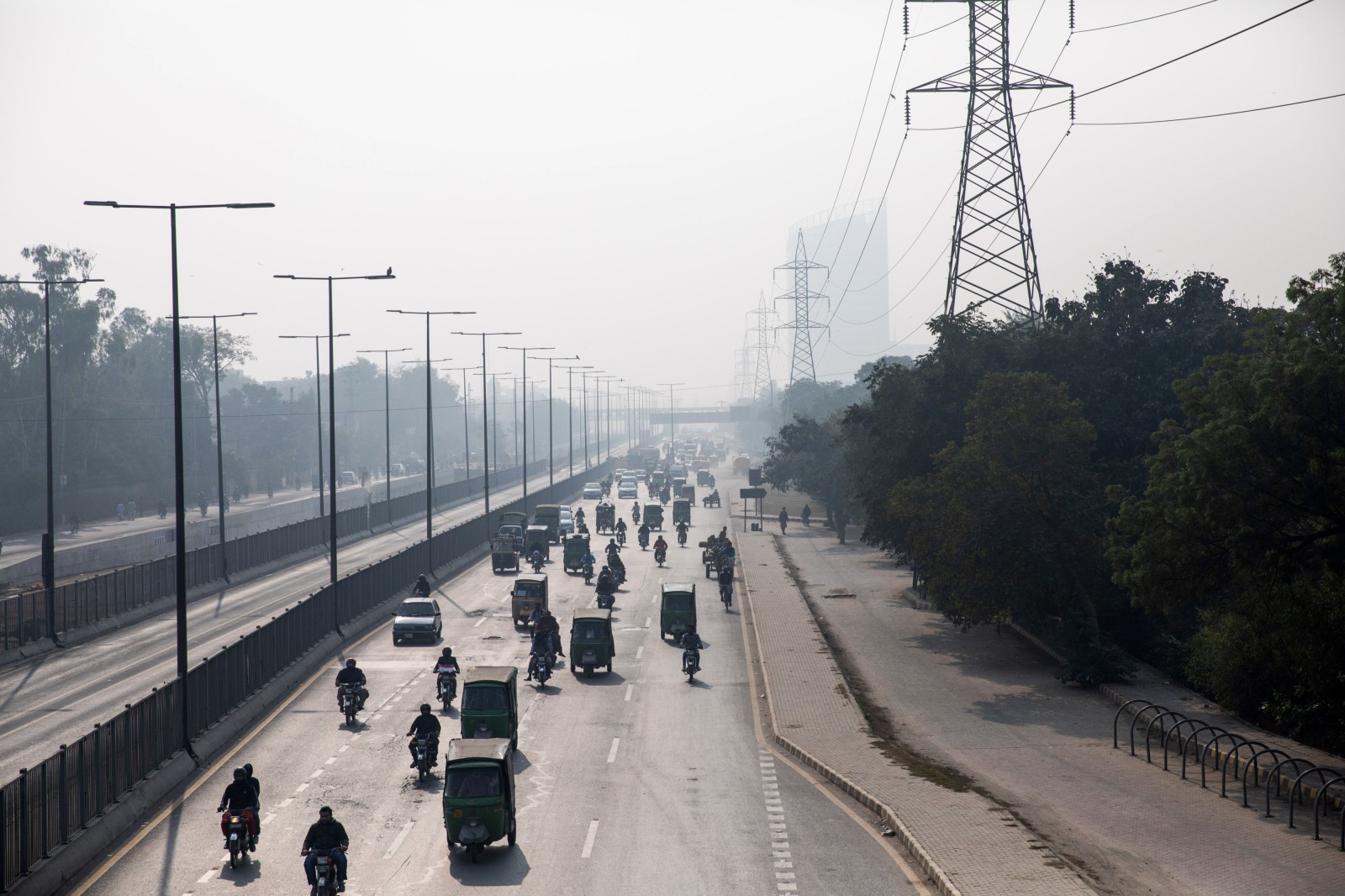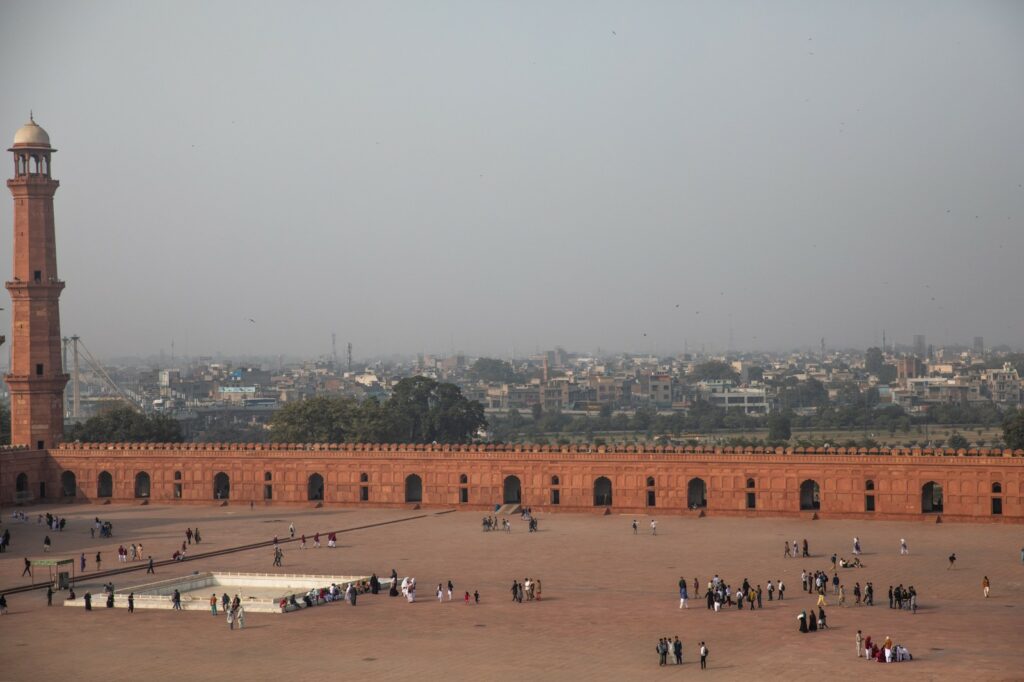
Heavy Rain, Flooding, and Chance of Severe Weather Staring Down the Southern U.S.
January 22, 2024
Posted: November 5, 2022 10:39 pm





What is Causing the Deterioration of Air Quality in India?
The U.S. is not the only corner of the world dealing with extreme weather events as of late. Local officials in India were forced to take drastic action on Friday as a result of dangerous air quality levels.
The air quality levels are continuing to deteriorate across much of Asia with the worst of it happening in India. As is typical, the capital city of New Delhi is in the primary impact zone for this hazardous air. The city is home to nearly twice as many residents as New York City, making it easy to see why this issue is so dangerous for millions of people.
Government officials made the decision on Friday to restrict the use of vehicles that run on diesel while also shutting down many factories and construction sites. In addition, the city is using anti-smog guns and water sprinklers in an attempt to clear out the air as the quality continues to plummet.
Students in the city’s primary schools also got the day off so that they could hunker down at home. While secondary schools were still in session, the schools were ordered to cease outdoor activities and keep the students indoors as much as possible.
The environmental minister asked that 50% of the city’s government employees work from home to reduce traffic and congestion. These workers are being asked to telecommute until further notice. Private businesses are also being encouraged to take similar steps and keep their workers at home if possible.

While all of these steps seem drastic, it starts to make sense when you understand how bad the air quality is measuring in and around New Delhi. The Associated Press is reporting that the Air Quality Index (AQI) soared over 470 at one point on Friday in the heart of the populated city.
This measure of air determines how healthy it is for people to breathe in the outside air at any given time. A higher number translates to a more hazardous air quality condition. Any number over 250 is considered to be dangerous even when exposed for just a few minutes.
Although lower levels may trigger a number of health issues for vulnerable populations, a reading of 250 or higher can pose problems for even healthy individuals. This puts the entire population at risk when the AQI continues to climb.
Some parts of India were under a shroud of thick smog to close out the work week, contributing to the rapidly increasing AQI levels. A smog is generally fog that mixes with environmental pollutants or smoke that is circulating near the surface of the earth. The merger of these two elements leads to the clouds most typically defined as smog.
The smog has been so thick that the primary airport serving New Delhi is dealing with visibility under one mile. The smog refuses to lift, disrupting travel and hindering the supply chain. The smog is also so bad that many of the region’s highest buildings have been covered up by the thick clouds.
Although this latest bout of smog is unusually bad, it is not atypical for the air quality index to falter during this time of the year. The end of the monsoon season is usually when air quality levels in northern India take a hit. In addition to India, the countries of Bangladesh and Pakistan often deal with hazardous air quality heading into the winter months.
Because of its size and natural environmental factors, New Delhi often carries the unwanted distinction of being the most polluted city on the planet. This week has been particularly bad thanks to a lack of winds and a lack of moisture to wash out the smog. All of these natural weather conditions are being worsened by rising levels of pollution, crops burning in the Indian state of Punjab, and vehicle exhaust.
The long-range weather forecast is not doing the region any favors. The dry weather is forecast to hang on across most portions of northern and central India in the coming days. A lack of winds will also mean that the smog remains stagnant.
Did you find this content useful? Feel free to bookmark or to post to your timeline for reference later.

January 21, 2024

January 19, 2024

January 18, 2024